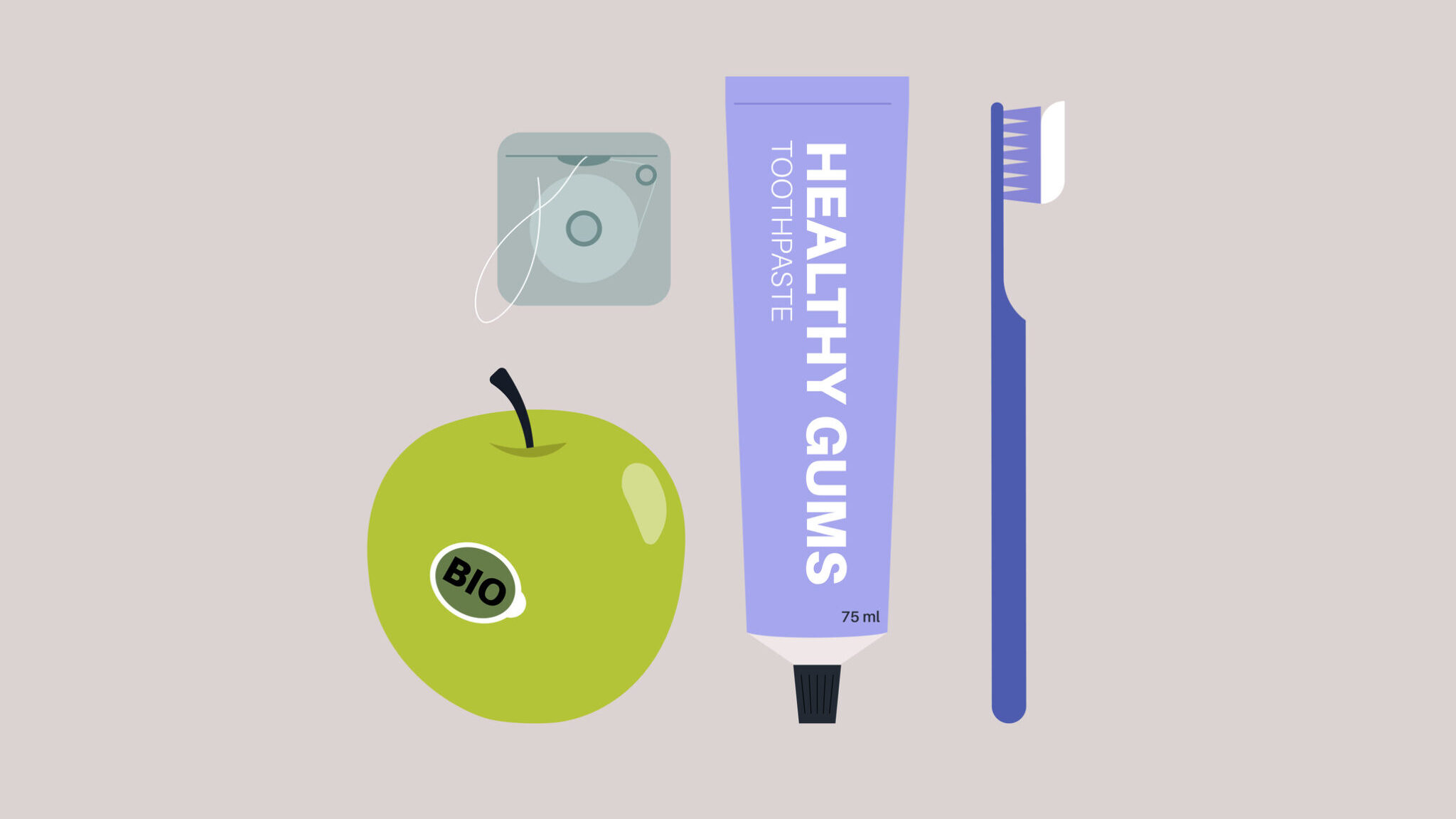
Dentistry is a business and in order to continue to make it sustainable long term, there are bills to be paid and livelihoods to be protected. When I was giving a lecture in Calgary about business systems that support dental implants, at break I was approached by one of the doctors who brought his entire team to the seminar. He thanked me for talking about the harsh reality of overhead expenses. Dentists certainly have to protect their own income, but something that isn’t always discussed, is that the dentist is also responsible for the livelihoods of all of his staff. If his business fails, all of those people would be out of work and his patients would lose their dentist.
Businesses must be fiscally responsible in order to be sustainable and that means making a profit. Your dental practice should continuing growing each year at a modest rate of 10% in production, gross billings, while controlling the overall expenses to between 50 – 60% of production. Here are some simple strategies to increase your profitability and decrease your expenses on a continuous basis.
Five Ways to Increase Your Profitability and Decrease Expenses
Increase Profitability
1. Fill the holes in the schedule. If you don’t have warm bodies in your chairs, the expenses are going up and profits are down. Maintaining appointment book control involves focus and commitment. I recently visited an office that had a 1 hour cancellation during prime time the following day, although the receptionists tried everything possible not to let the patient cancel. Within 10 minutes those ladies had the appointment filled. In most cases it is possible to avoid no shows and short notice cancellations, but when it cannot be avoided, the appointment scheduling coordinator needs to know what steps to take to fill the appointment.
2. Preschedule hygiene appointments and use proper coding. In many cases, some hygienists seem to be nervous about coding for the work that they do. I tell all hygienists that in order to do the right thing for the patient and their college’s requirements, practice patient specific care, book appropriate times for appointments and bill for what they do. The ODA and the CDHO collaborated on an article, published by the ODA that was called “Separating Fact from Fiction” in which they stated:
“Treatment time is not just “instrument on tooth time”. Treatment time includes the time spent reviewing the chart to prepare oneself for the procedure. Also included is the time spent administering a local anaesthetic when required, performing the procedure, providing post operative instructions to the patient (when required) and recording the treatment notes in the chart. Examples of time spent that would not be included in treatment time would be the breakdown, disinfection and set up of the operatory, as well as administrative functions such as billing and reappointing the patient. Time spent measuring and recording periodontal findings would not be included in scaling/root planing. That time would be considered to part of the dentist’s examination & diagnosis time whether dentist performs the examination & diagnosis at that appointment or at a subsequent appointment.”
Help patients to value the hygiene appointments by not calling it a “cleaning” . Dental hygienists must believe in the value of their services in order for patients to do the same. They are registered, regulated health care professionals and do so much more than clean teeth, they also promote healing and prevent disease.
3. Become a non-assignment practice. I have been telling my clients for several years that within the next few years, you will not be allowed to accept assignment, even if you want to. This is the direction that the insurance industry is headed. They only want to deal with the subscriber and they are making it as difficulty as possible to receive reimbursement. If you don’t believe me, just look at the changes that Manulife has made to scaling units for children and Green Shield has also followed suit.
Within the next few years you will not see dental insurance exist as it does today. The insurance tsunami is on its way and the only way to prepare for the inevitable is to become a non-assignment practice and help your patients value their treatment.
4. Market your services. You need to have a constant flow of new patients coming to your practice. There are dental offices opening everywhere and the competition is fierce. Gone are the days when you could hang a shingle and patients would come to your office and become your loyal patients who refer all of their friends and family. In today’s market, you need to work at attracting new patients and retaining the ones that you want to keep. Having a marketing plan is a must. Start by developing a budget and calling in experts to help. Know your target market and focus on return on investment for your marketing campaign. The best return on investment of course is word of mouth referrals.
“Early to bed, early to rise, work like hell and advertise.”
5 Treatment planning and coordination. It is important to treatment plan for total health and esthetics. That is what your patients expect!. Then you need someone at your practice to follow-up with the patient, make financial arrangements, deal with the patient’s insurance company and be the treatment concierge. Dentists can’t ubiquitous and the support staff should have the time, tools, training and technology to follow through with the treatment plans and provide excellence in customer service. It shows your patients that you care.
Five Ways to Decrease Expenses
1. Implement an inventory control system. A clinical staff member should be assigned the responsibility for the clinical supplies and an administrative staff member should be assigned the administrative supplies. Careful monitoring of the usage of each item along with implementation of re-order tags should ensure that enough time is allowed for ordering, price shopping, restocking of supplies and that the appropriate amount of stock is maintained. Expiry dates on time sensitive products should be checked regularly and stock should be rotated accordingly.
What are the expected outcomes of an inventory control system?
• To achieve the goal of maintaining the percentage of clinical supplies to 5% of gross production per month.
• Achieve and maintain control of office expenses.
• Reduce overhead expenses.
• Control the spending patterns.
• Reduce or eliminate over ordering.
2. Control staff costs. Staff costs should run at between 20-25% of the total production. If they are higher, look at your appointment schedule as there will likely be holes in the schedule. The appointment schedule is the beating heart of your practice. When the schedule falls apart, everything else follows. Having warm bodies in the chairs receiving treatment is the only source of revenue generating activity in your practice – everything else generates expense.
Is your staff taking proactive measures to prevent no shows and short notice cancellations?
3. Monitor how much you are spending on repairs and maintenance of the equipment. If they exceed 1% of production, then you need to look in a couple of areas. Is the equipment being properly handled or is it time to think of replacing old equipment that is constantly being repaired. If the latter is the case start planning for your future capital requirements.
4. Create and work within an Operating Budget. The operating budget is the starting point the forms the basis of the daily management of your practice. It is your dashboard that keeps you on track. Your computer software will provide you with the numbers that fit with your budget every month. If the numbers are out of alignment with the budget it helps you to make corrections quickly and apply strategies that bring it back into alignment.
5. Increase your revenue. The best way to decrease expenses is to increase revenue, but you must also control expenses at the same time. The best way to increase revenue is to have patients booked in the schedule, who keep their appointments, value your services and who are on active recall. When you increase the revenue and collections of your practice, all of the benchmarks for success will align.
To make sure that your management systems are running at maximum efficiency and effectiveness, check them often and look for the hidden signs of erosion. Make any necessary adjustments quickly and your practice will run like a well-oiled and well maintained machine that will reward you with many years of sustainable growth and profitability.












